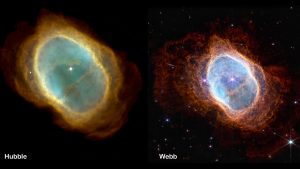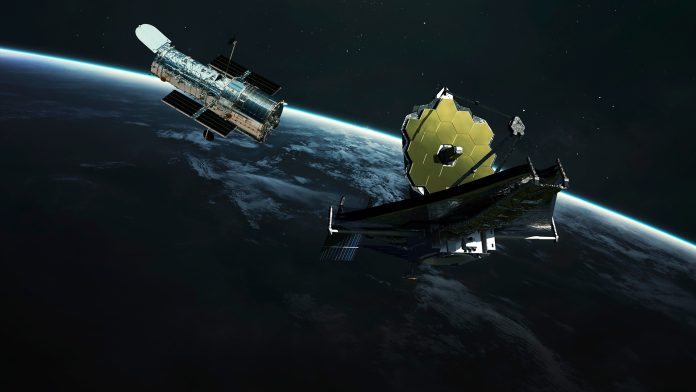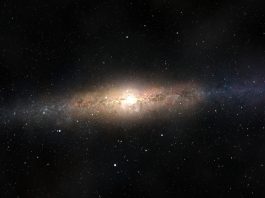It’s easy to discover what NASA’s Hubble and James Webb space telescopes have observed in the past, but how do we analyse what they’re currently observing?
Barely a week goes by without news of a cosmic discovery made possible using images, spectra, and other data captured by NASA’s prolific space telescopes.
NASA’s Space Telescope Live, a web application originally developed in 2016 to deliver real-time updates on Hubble targets, has now been updated with easy-access, up-to-date information on current, past, and upcoming observations from both Hubble and Webb.
What can Space Telescope Live tell us?
Designed and developed for NASA by the Space Telescope Science Institute in Baltimore, this exploratory tool offers the public a straightforward and engaging way to learn more about how astronomical investigations are carried out.
With its redesigned user interface and expanded functionality, users can find out what planet, star, nebula, galaxy, or region of deep space Hubble and James Webb are observing at the moment.
They can also see additional information, such as:
- Where exactly these targets are in the sky
- What scientific instruments are being used to capture the images, spectra, and other data
- Precisely when and how long the observations are scheduled to occur
- The status of the observation
- Who is leading the research
- What the scientists are trying to find out
New updates will observe Hubble and James Webb in more detail
The zoomable sky map centred on the target’s location was developed using the Aladin Sky Atlas, with imagery from ground-based telescopes to provide context for the observation.

Because the Hubble and Webb data must undergo preliminary processing and, in many cases, preliminary analysis before being released to the public and astronomy community, real-time imagery is not available in this tool for either telescope.
Details such as target name and coordinates, scheduled start and end times, and the research topic are pulled directly from the observation scheduling and proposal planning databases.
Links within the tool direct users to the original research proposal, which serves as a gateway to more technical information.
While this latest version of NASA’s Space Telescope Live constitutes a significant transformation from the previous release, the team is already gathering feedback from users and planning additional enhancements to provide opportunities for deeper exploration and understanding of their space telescopes.
NASA’s Space Telescope Live is designed to work on desktop and mobile devices, and is accessible via NASA’s official Hubble and Webb websites.
Additional details about the content, including public-friendly explanations of the information displayed in the tool, can be found in the User Guide.









